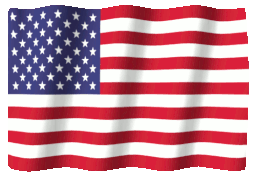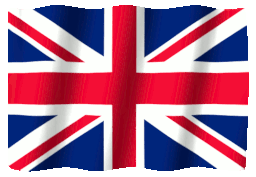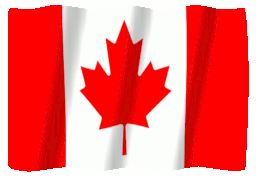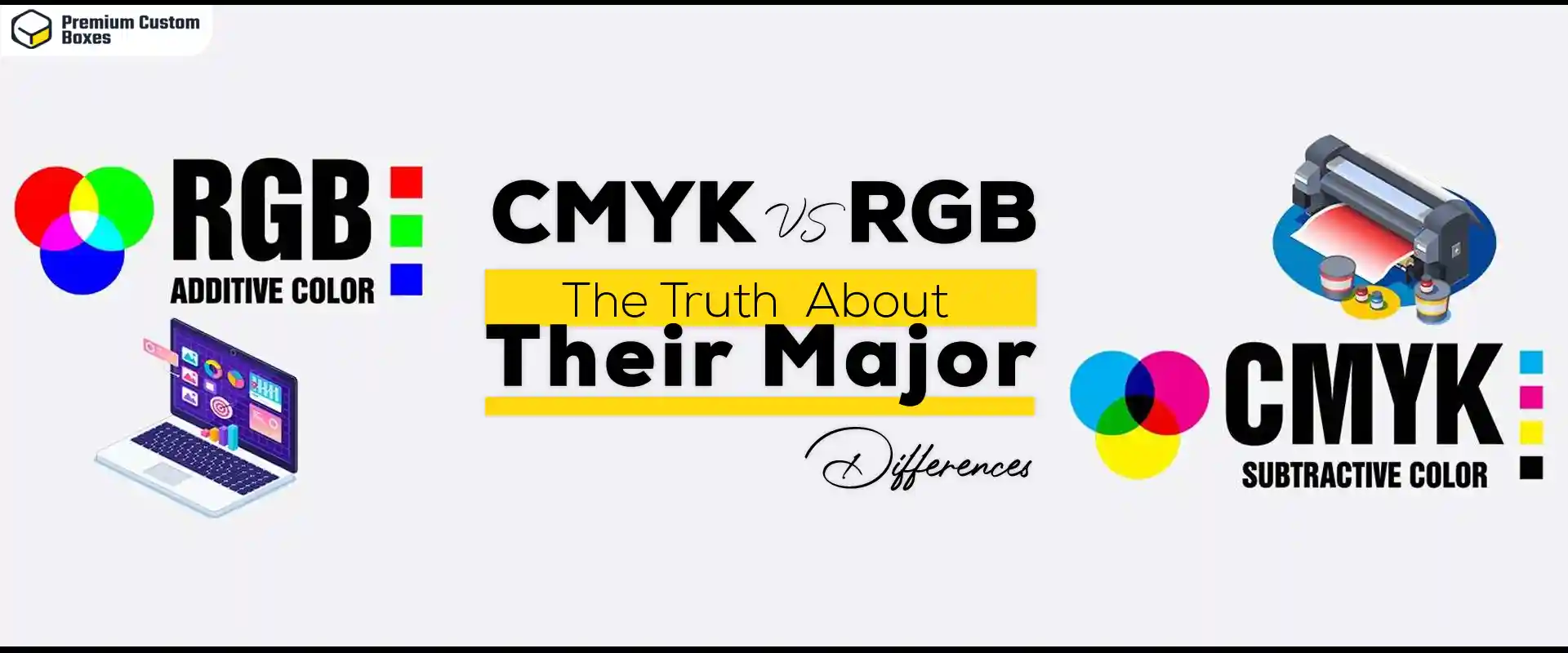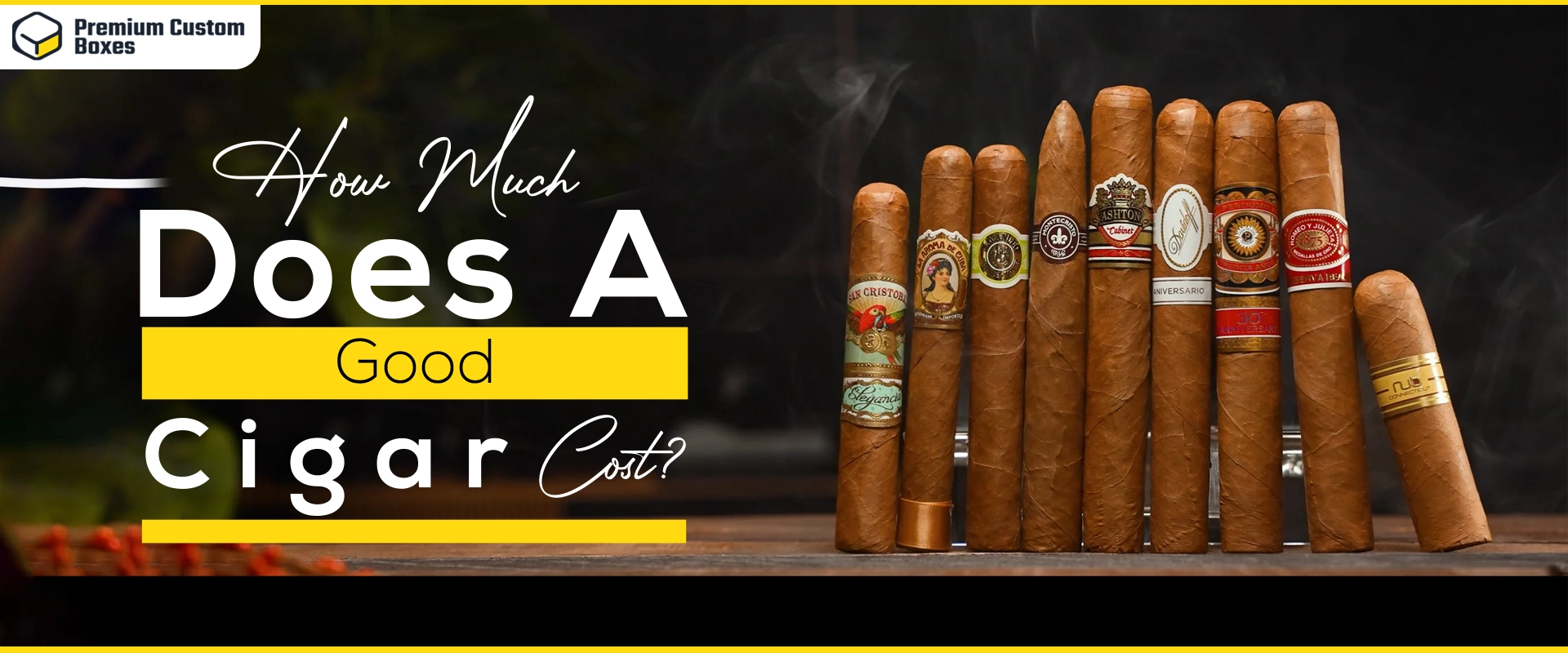
All You Need To Know About Packaging Design – Part 1

From shapes and materials to graphic styles and shipping requirements – your packaging design is a very broad term that has a significant influence on your business.
Imagine the following situation:
You’re in a shopping alley, trying to decide on a box of chocolates for your Mum on her Birthday.There are dozens of possible choices – round boxes, small packages, cans and many more designs that all whisper “buy me”. Will you scrutinize the ingredients of every piece in every box available? Compare the amounts of calories per box? Probably not.
You’d get something that looks appealing. Plain and simple. A box of chocolates that will look beautiful and bring a smile on her face. You face this shopper’s nightmare on a regular basis. And frankly, your choice is often dependent on the design of the packaging. It’s the design of the chocolate box that attracts your attention and makes up for a gift itself. It could be a logo, an elegant appearance or an unusual shape that caught your attention and led to you buying that particular box.
In this article, you will learn:
- What is packaging design?
- How to choose style packaging design to fit your product and brand
- The various materials used to turn packaging designs into products
- How to develop the best packaging design for your product
What is Packaging Design?
Whether it’s food boxes from McDonald’s, Apple product packaging, wrappers, or even tea bags, you find packaging at almost every corner and use it on a daily basis. Most of it good, some of it bad.
Packaging design means an incredibly vast range of products (and the possibilities they present) and the corresponding packaging solutions, developed to meet the particular product’s requirements. While this is a way to think about packaging design, it’s also crucial to understand other dimensions that describe and define it. There are three major perspectives that you should know about.
- Graphic design and packaging design
- Product & packaging manufacturers
- Marketing and packaging design
Each one of these defines packaging design in a different way. Understanding these various points of views will also help you make decisions about your packaging solution.
Graphic Design and Packaging Design
From a graphic designer’s point of view, packaging design means the visual identity of a certain brand. Packaging is not only “responsible” for attracting the attention of a customer, but also providing product information and strengthening a business branding. Your graphic designer’s responsibility is to find the sweet spot that glues together a brand’s mood and its corresponding packaging.
Product & Packaging Manufacturers
The second dimension is the manufacturer’s perspective. Each packaging design hass production boundaries. Sure, you can dream of a box that plays the “Titanic” theme when opened, but is that practical from your manufacturer? Most importantly, will this fancy packaging secure your product?
Manufacturing includes all the technical aspects of packaging, such as:
- Materials used
- Finishing details
- Functionality
- Durability
- Weight
- Shipping standards
- Any regulations in the countries you ship to.
- Marketing and packaging design
The third topic in the discussion about packaging design is marketing and the way it defines your packaging design. In a well-thought definition, provided by O’Reilly, you find that: “Packaging design is the connection of form, structure, materials, colour, imagery, typography, and regulatory information with ancillary design elements to make a product suitable for marketing.”
What does it mean? From the marketing perspective, your packaging is an element of your marketing strategy. Your marketing department is responsible for the following decision:
- Defining the markets best suited to a product in a specific type of packaging
- Using packaging as a means of promotion
- What is the key information that needs to be included in the design
Packaging is also responsible for communicating your brand’s promise. Your project of a packing solution needs to emphasize the key value of the product and clearly explain what the product is. On top of that comes the emotional aspect of branding. As stated by Simon Preece from Forbes:
“Consumers act when a brand makes them feel something. When someone looks at you, you’re compelled to look back to determine the nature of the attraction. That’s your survival instinct at work.” Evoking emotions is crucial and packaging is a natural medium to make customer care. An intriguing style, shape or other smart detail increase the chance of your brand being remembered, because it all makes you stand out from the crowd.
In the next part, you will get a chance to see the most popular design style trends.
Packaging Design Styles & Inspirations
With these different views concerning packaging design in mind, it’s time to discover the endless possibilities of creative product packaging design. In this part of the article, you’re going to see a handful of design styles that can be a powerful basis for packaging design:
- Minimalistic packaging
- Packaging design inspired by vintage aesthetics
- Pattern-based packaging
- Packaging inspired by local culture and/or tradition
- Contemporary packaging design
- Innovative packaging design
- Luxurious packaging design
- Rustic packaging design
- Abstract packaging design
Note: This categorization is based purely on the visual aspect of packaging design. As introduced in the earlier part of this article, you could create other categories, based on the perspective of marketing or production.
Minimalistic Packaging Design
Minimalism is a design trend that favours bare forms, where nothing can be further removed without the expense of functionality. This “school of thought” derives from America in the early 60s, but the most prominent examples come from Scandinavia and Japan.
Defining minimalism is difficult, especially in packaging design. A cardboard box with a logo and an original design is minimalist, but so is a white shower gel bottle with a characteristic label.
In other words, minimalism involves a lot of varying forms of packaging. From beer & wine bottles to e-commerce shipping boxes, minimalism is currently everywhere. Furthermore, you can easily incorporate it in your brand’s vision, because frankly, minimalism isn’t cost-consuming.
In fact, choosing a minimalistic packaging design is a clever way to cut costs. Most packaging designs that resonate with a minimalistic mood are the simplest solutions. Take, for example, a cardboard box with a “handwritten” logo.In other words, minimalism is versatile and will match most of the products and brands (if it’s executed correctly).
Packaging Design Inspired by Vintage Aesthetics
Vintage is a design style that’s experiencing a massive revival.The vintage aesthetic means turning to items and styles from an earlier period of time. In packaging design particularly, vintage refers to old-fashioned labels, handwritten fonts and darker colours.
Vintage packaging design evokes nostalgia and creates an immediate impression of tradition and craftsmanship. Many new brands like to use vintage elements in contemporary packaging designs. It’s a cunning way of saying to your customer “I’ve been in business for quite some time”.
The vintage aesthetic is often used in the packaging design of food products – chocolates, tea & coffee cans, alcoholic beverages. Some producers of cosmetic goods are also fond of vintage – moustache waxes, beard oils and for-men-only items are often designed this way.
However, given the popularity of this trend, it’s safe to assume that vintage designs of packaging will match more products – subscription boxes, elegant clothing lines, candles, online book stores etc.
Patterns-based Packaging
Patterns are repeated images, shapes or other graphics, printed on the surface of packaging. A pattern can be an iconographic representation of your product or service, as well as simple, repeated elements – like three colorful stripes printed next to each other.
Patterns are a popular element in packaging design. Creating a pattern is usually relatively easy and it leaves space for additional elements – like a label or stickers.
Packaging Inspired by Local Culture and/or Tradition
While minimalism, vintage-inspired or luxurious packaging designs are all very popular, drawing inspiration from local culture remains a less explored area. This doesn’t mean that it’s less creative or effective, but it’s much more difficult to get ‘right.
Many cultures of the world are built upon lively colours, distinct customs and intricate artwork. All of which can be used in packaging design. A remarkable example comes from Mexico, where El Dia De Los Muertos brings an astonishing palette of vivid colours and inspirations. And some brands have skillfully used it.
Culture-based inspiration is also popular in Nordic countries. The popularity of the old Nordic religion (combined with runes, pagan beliefs and a lot of other characteristic symbols) boosted many creative thinkers in the field of packaging.
Contemporary Packaging Design
Contemporary packaging design is a broad term that indicates a new way of thinking about packaging. Contemporary designs are often a mix of other styles – like a luxurious brand that’s inspired by minimalism or rustic boxes with a drop of vintage.
Contemporary designs mean also looking for unprecedented and modern looks. Graphics based on gradients, smart use of labels and stickers, embracing the modern printing techniques – they are all examples of a relatively new approach toward packaging design.
Innovative Packaging Design
In the world of product packaging, innovation in design can be attributed to offering an existing product with an improved feature.
In terms of packaging design, innovation is mostly related to unconventional materials or shapes. Even some graphic designs are also innovative in the way they surprise the customers and challenge their expectations.
A great example of this type of packaging design is asymmetry, especially when it’s used to break the conventional understanding of a particular box or container.
Innovative packaging design can be a great suggestion for tech products (where they are a match for equally unusual products), as well as premium products (customers would be eager to pay extra for an additional value like innovative packaging).
Luxurious Packaging Design
Luxurious packaging design is a broad term that – just like the contemporary design – is often a mix of other styles.
Still, there are certain features of luxurious packaging that are very often used by upscale brands. Many premium product packaging designs rely heavily on using black colour. The reason for that is simple – black, as explained in the psychology of colour in product design – is associated with opulence, elegance and a premium experience.
Luxurious designs often incorporate special finishing options too. Designers tend to use hot-stamping with silver and gold touches, embossing, UV varnish and many other kinds of upscale variants.
A general rule of thumb is to avoid a lot of patterns and contrasting colours – simplicity is the principle when it comes to luxurious products.
Rustic Packaging Design
Rustic design is directly related to minimalism. Projects based on rustic moods use wood, cardboard and other natural elements to create an organic warmth around the product.
If your brand values an eco-friendly approach, rustic designs are perfect to emphasize this. One can also see rustic packaging as a cost-effective solution. A simple cardboard box with a creative pattern and right colours will look great and help you save some coin. Rustic inspirations are often used in seasonal Christmas packaging, as well as cosmetics (mostly those made from organic ingredients).
Abstract Packaging Design
Abstract designs of packaging perfectly fit very original products and brands.Abstract projects can vary from unusual shapes to graphics and images that represent the general idea of a product (instead of real-life photographs). Abstract packaging design is also a viable option in industries where changing the shape of your product packaging is extremely difficult.
However, abstract packaging designs can be a little risky for some businesses. Pharmaceutical products wouldn’t benefit from an abstract design, since the information and product technicalities portrayed on the packaging are crucial for the buyer.
More abstract approaches will pay off in some areas of the food industry, as well as interior design accessories, shoes or electronic gadgets.
Summing up Packaging Design styles:
- Research your competition and try to be different
- Some styles can be too bold for particular industries – like abstract designs for pharmaceutical goods
- Try mixing styles together – vintage packaging might be inspired by the rustic style, while elegant, luxurious packaging will be intriguing with details related to your country’s tradition.
